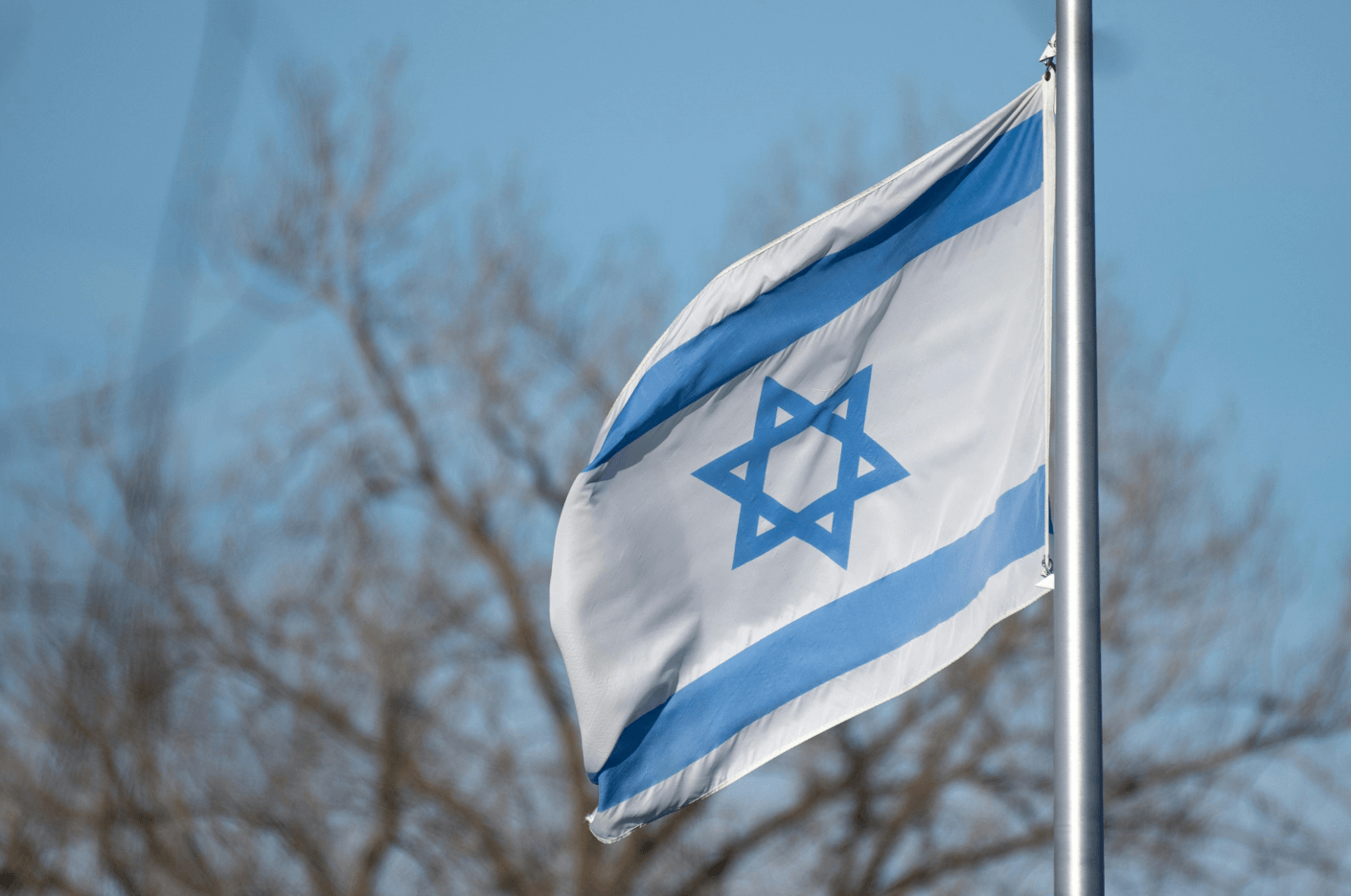
Jerusalem / Gaza / Sharm el-Sheikh — In a breakthrough after more than two years of war, Israel’s government has formally approved the framework of a ceasefire and hostage-prisoner exchange deal with Hamas — clearing the way for a dramatic pause in hostilities and the release of captives. The cabinet vote establishes the legal and political basis for the first phase of the agreement, negotiated under the auspices of the United States, Egypt, Qatar, and Turkey.
The ratification marks a decisive moment, triggering the countdown to a ceasefire and paving the way for the return of hostages to their families.
What the Cabinet Approval Means — And What It Mandates
In short, the cabinet vote transforms a negotiated framework into an operational mandate: the ceasefire clock is ticking.
Before the vote, Hamas and Israeli negotiators exchanged final lists of prisoners and hostages to be included in the swap. U.S. forces are expected to deploy to help monitor and support implementation of the agreement.
Hamas leadership confirmed that the group received guarantees from mediators — including the United States and several Arab governments — ensuring that this phase of the deal marks an effective end to active warfare.
Following the cabinet’s ratification, Prime Minister Benjamin Netanyahu’s office announced that the government “has now approved the framework for the release of all hostages — the living and the deceased.”
Global leaders have broadly welcomed the development. The United Nations described it as “a significant step toward Palestinian self-determination,” while regional governments praised the diplomatic coordination that led to the breakthrough.
The cabinet vote is more than symbolic; it represents a political commitment to pause one of the most protracted and devastating conflicts of the century. Yet the success of this fragile agreement hinges on precise execution, credible monitoring, and the sustained will of both sides.
For civilians in both Gaza and Israel, this development brings a moment of relief and the hope of reuniting with loved ones after years of uncertainty and loss. For the international community, it signals the possibility — however fragile — of a pathway toward long-term peace and regional stability.
Still, the next 72 hours will determine whether this is merely a temporary truce or the first step toward a lasting end to the Israel–Gaza conflict.
Lorem ipsum dolor sit amet, consectetur adipiscing elit. Suspendisse varius enim in eros elementum tristique. Duis cursus, mi quis viverra ornare, eros dolor interdum nulla, ut commodo diam libero vitae erat. Aenean faucibus nibh et justo cursus id rutrum lorem imperdiet. Nunc ut sem vitae risus tristique posuere.